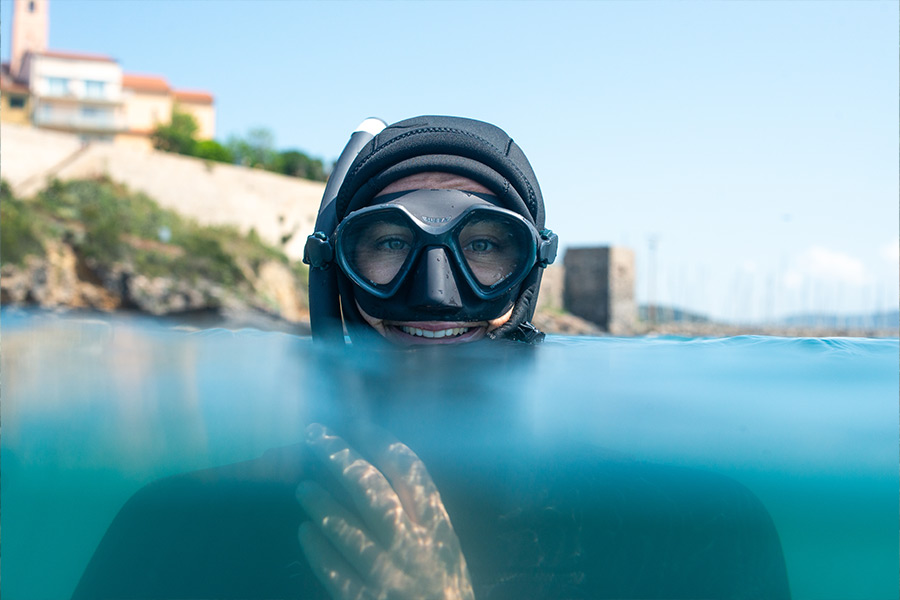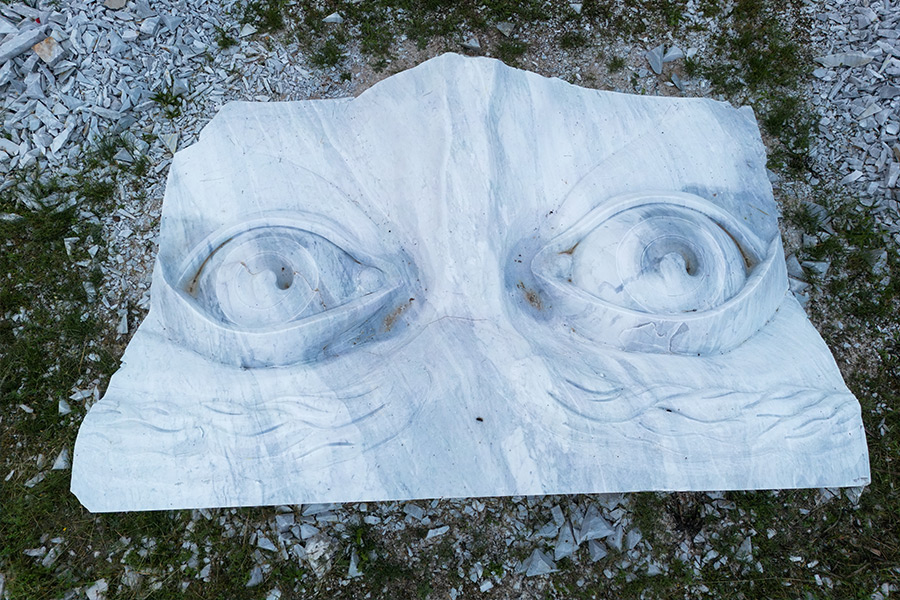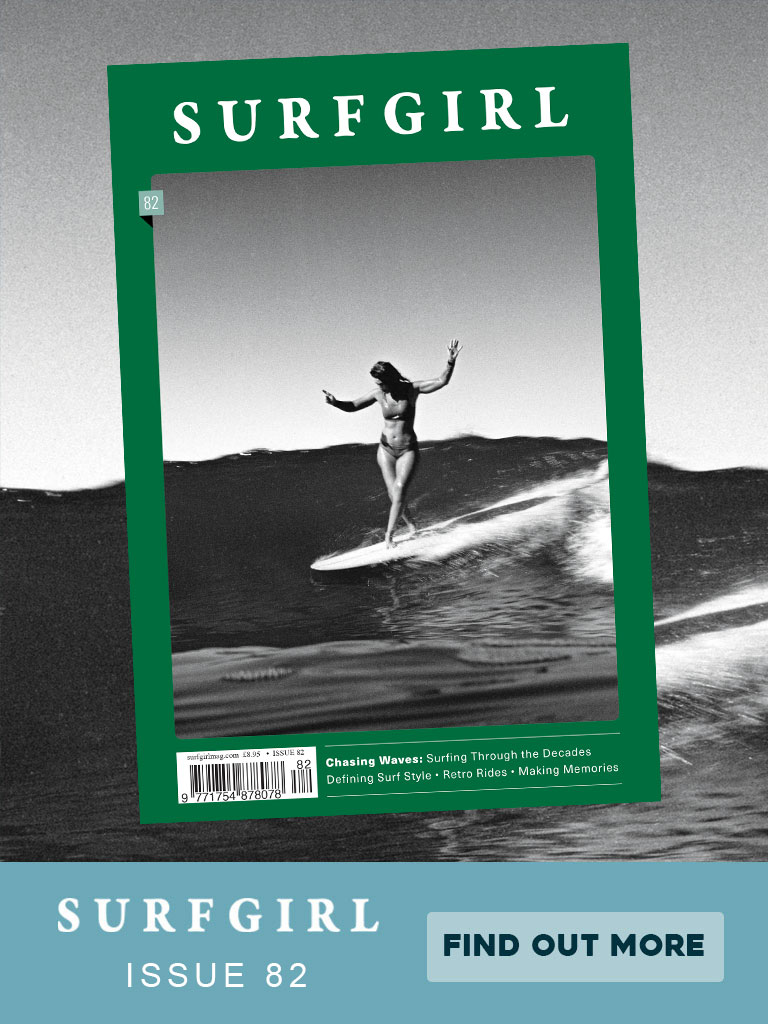
Photos by Lars Jacobsen
Patagonia’s Oceans Campaign is aiming to raise awareness of the harm that bottom trawling is doing to coastal waters and to highlight the groups who are working hard to fight the trawlers and/or restoring the seabed.
Bottom trawling is bulldozing our ocean floor, undermining small-scale fisheries, and deepening the climate crisis. Here we take a look at two of Patagonia’s films which highlight the problem and focus on the ways the locals have organised themselves to help to turn the tide to save the sea.

L’arte dell’attivismo, Italy
Italian fisherman Paolo Fanciulli tried everything to stop bottom trawlers from destroying the precious underwater meadows and corals of his beloved Mediterranean Sea. For 37 years, he’s denounced them publicly in newspapers, linked arms with environmental organizations and even attacked the trawlers with dinghies himself. Nothing worked—until Paolo comes up with a plan to place more than 800 concrete sculptures on the ocean floor. The art doesn’t just create habitats for the fish. It inspires a movement to save the sea from destruction.

Léa Brassy joined a press trip in the spring to Talamone to meet Paolo Fancuilli and explore his underwater sculpture museum that doubles as a deterrent for illegal trawlers.
Lea, you met activist and fisherman Paolo Fancuilli this summer at his home in Talamone, Italy, and joined him on a dive exploring his underwater sculpture museum which doubles as a deterrent for illegal bottom trawlers. What was it like to meet Paolo and get up close to the sculptures?
Paolo is a character! His authentic Love for the Sea, for his work, for his community makes no doubt. It was inspiring to meet someone so involved in finding sustainable solutions to issues such as bottom trawling in the inshore zones with an idea that gathers everyone through art, culture, tourism, fishing, community… And also that if it all looks smooth and simple today, I once has been a serious fight for him. A commitment like his cannot let you indifferent.



How have the concrete blocks and marble sculptures helped the seabed recover from the effects of trawling?
The concrete blocks and marble sculptures make bottom trawling impossible as they would destroy any trawl net immediately. That way, the seabed bottom remains untouched. It allows sea grass to grow back into meadows. Meadows host a wide variety of living organisms, which are food to the rest of the food chain. I myself could witness a lively underwater world with lots of fish common to the Mediterranean Sea but that we don’t see that numerous that close to the shore in most areas.

How does Paolo’s work inspire or motivate you further with your own activism?
Paolo inspires me to gather people around a cause using their very own voice, their very own skills, like art in this example. It also teaches me to believe in my gut feeling when it comes to fighting the right cause, that we, as water people, have a precious connexion to the Ocean (or the Sea) that makes us guardians of this environment in our communities.

The Custodians, Scotland
In Scotland, over the last 40 years, commercial overfishing and bottom trawling have turned Scotland’s once-thriving west coast waters into sparse, lifeless deserts. Patagonia Films’ The Custodians follows the work of four locals from the West Coast of Scotland who are reclaiming their natural coastlines. They’re restoring wildlife, creating sustainable industries and showing us how we can work with, not against, our ocean.

Let’s end the destructive practice of bottom trawling, starting with an immediate ban on bottom trawling in Marine Protected Areas and inshore zones.




